Winter scenery at Zion National Park / Rebecca Latson
It’s time again to test your knowledge about sights, science, and history you might experience while visiting units of the National Park System. Test your knowledge with the 10 questions here. You may know more than you think and you will definitely learn something new through the questions and the trivia.
1. True or False: a third of the annual precipitation at Zion National Park in Utah falls between the months of December to March.
a) True
b) False
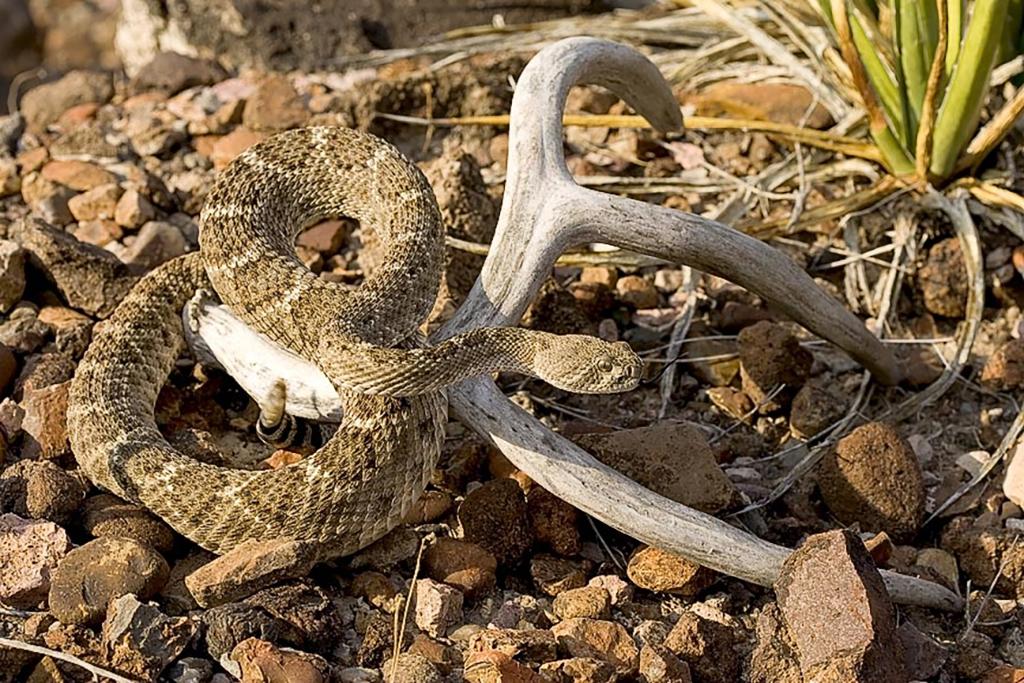
Western diamondback rattlesnake, Big Bend National Park / NPS file
2. Out of 31 species of snakes found in Big Bend National Park in Texas, five of them are poisonous.
a) True
b) False
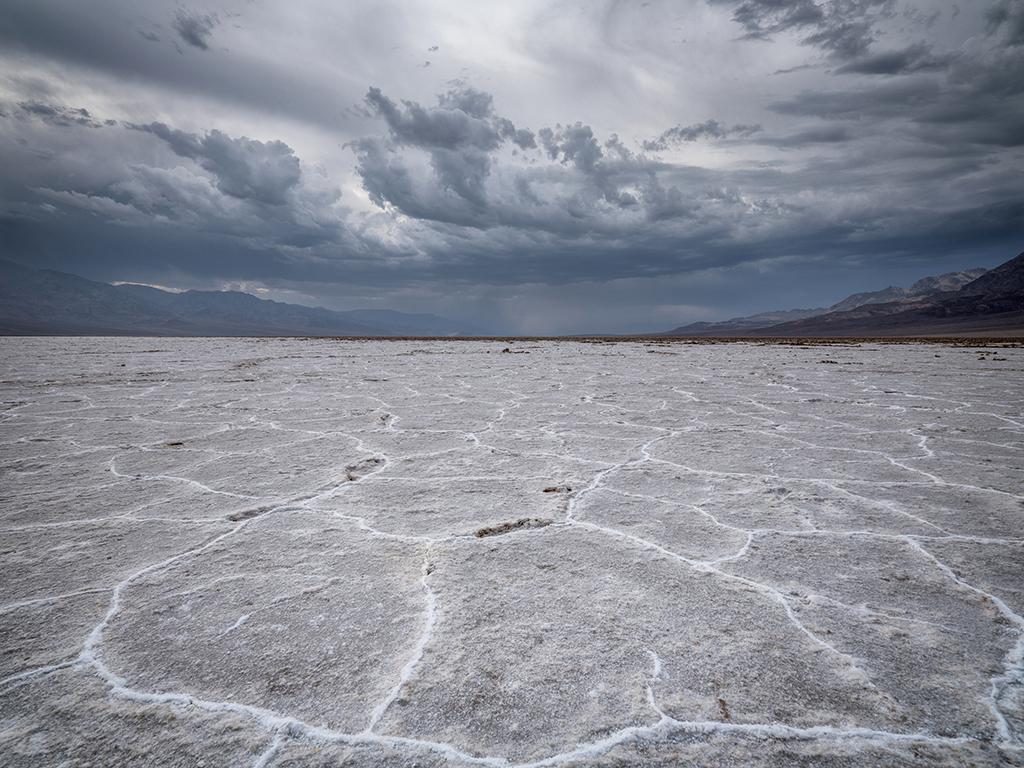
Approaching thunderstorm at Badwater Basin, Death Valley National Park / Rebecca Latson
3. While hiking around Badwater Basin in Death Valley National Park in California, you may see a distant (or not-so-distant) thunderhead cloud and falling rain. Can you smell the rain? There’s a term for the scent of rain.
a) Attar
b) Petrichor
c) Fetor
d) Aromaticity
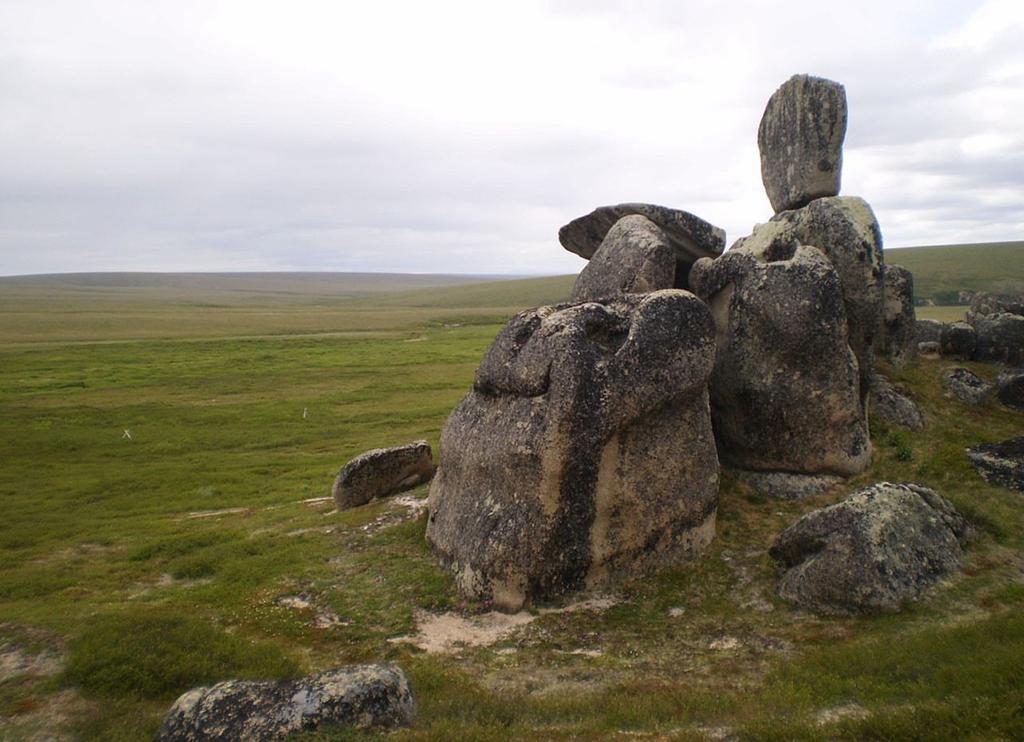
“The Drummer,” Bering Land Bridge National Preserve / NPS file
4. How many of you have hiked the landscape of Bering Land Bridge National Preserve in Alaska? Those huge rocks sticking out of the ground at Serpentine Hot Springs (pictured above) are called ___.
a) Spires
b) Scarps
c) Eminences
d) Tors
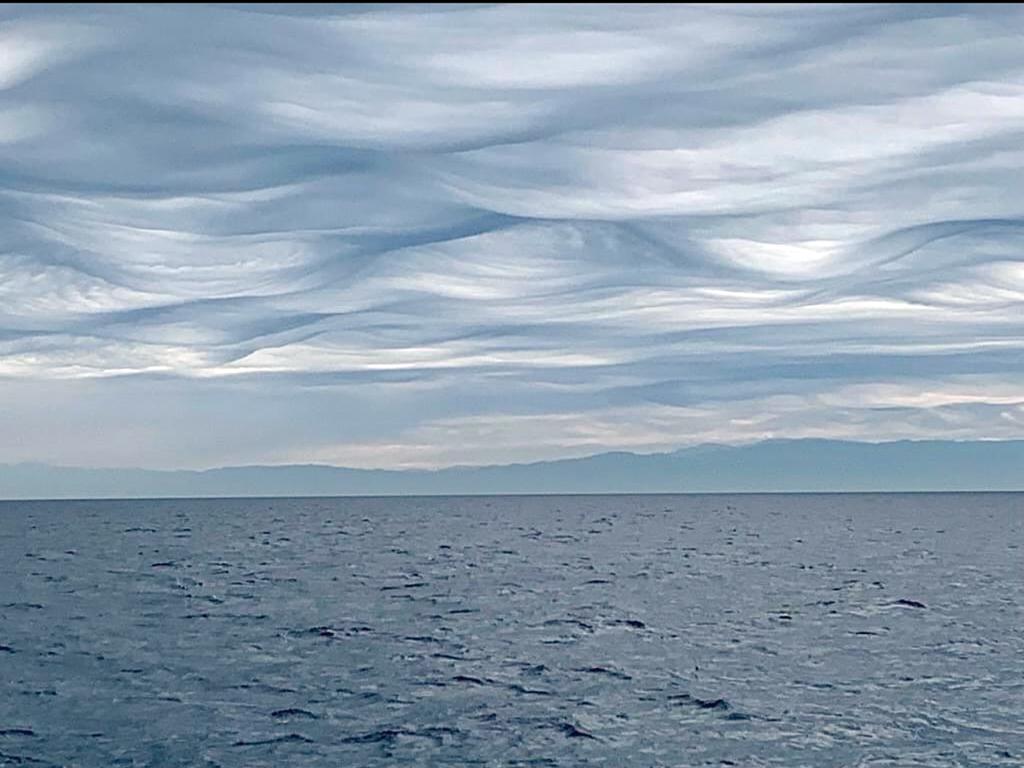
Would these wavy clouds make you seasick? Channel Islands National Park / NPS-Emily Zivot
5. Clouds come in many shapes, sizes, and formations. While wandering the landscape of Channel Islands National Park along the Pacific Coast in California, you may look up to see clouds resembling ocean waves. This formation is known as ___.
a) Asperitas
b) Mammatus
c) Arcus
d) Lenticular
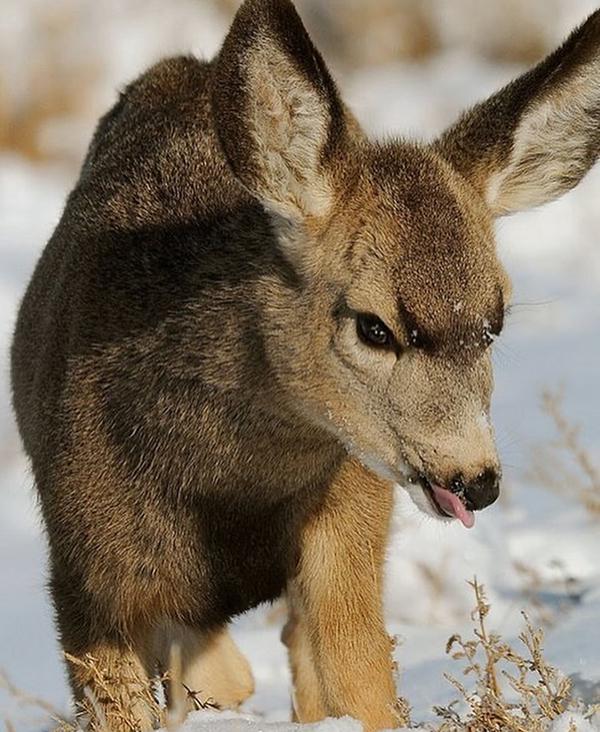
Mule deer catching snowflakes / NPS file
6. Deer inhabit so many units within the National Park System, from Glacier to Rocky Mountain to Cuyahoga Valley to Congaree national parks and more. True or False, mule deer are larger than their cousin, the white-tailed deer.
a) True
b) False
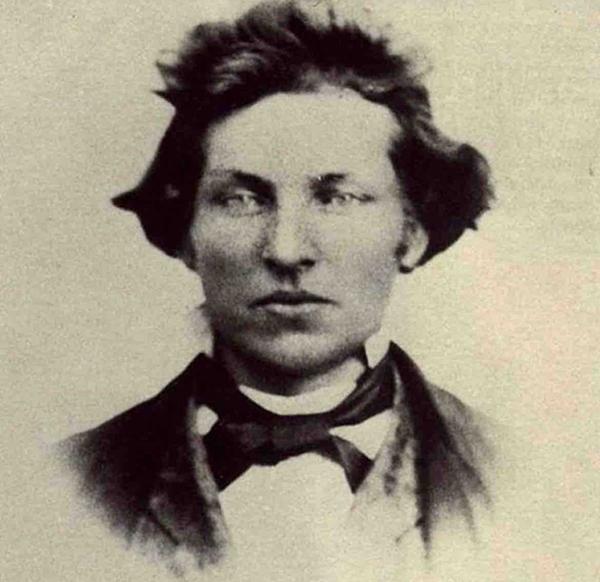
James A. Garfield at 16 years of age, James A. Garfield National Historic Site / NPS file
7. True or False: James A. Garfield had a brother named James B. Garfield.
a) True
b) False

Sandy Hook Lighthouse in the snow, Gateway National Recreation Area / NPS-Bob Hillman
8. According to the National Park Service, beams of light from the lighthouse at Gateway National Recreation Area can reach ___ miles out to sea on clear nights.
a) 11
b) 19
c) 23
d) 27
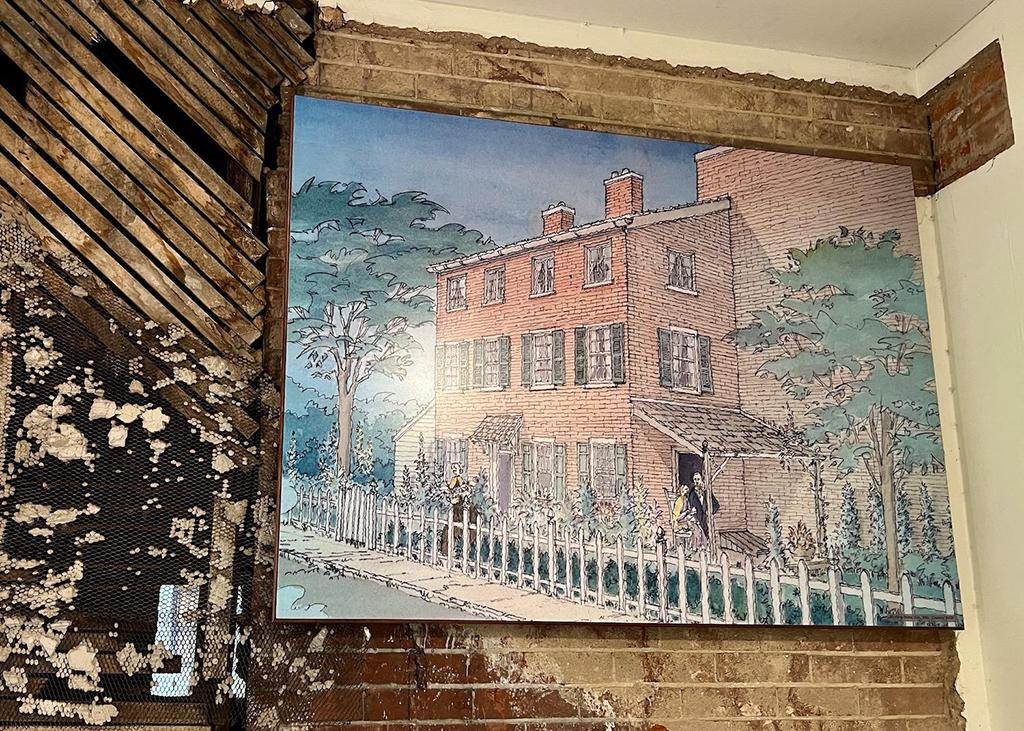
An artist’s rendition of Poe at one of his houses, Edgar Allen Poe National Historic Site / Jennifer Bain
9. During his lifetime, author Edgar Allen Poe lived in ___ Philadelphia homes, only one of which survives and may be visited at Edgar Allen Poe National Historic Site in Pennsylvania.
a) 2
b) 3
c) 4
d) 5
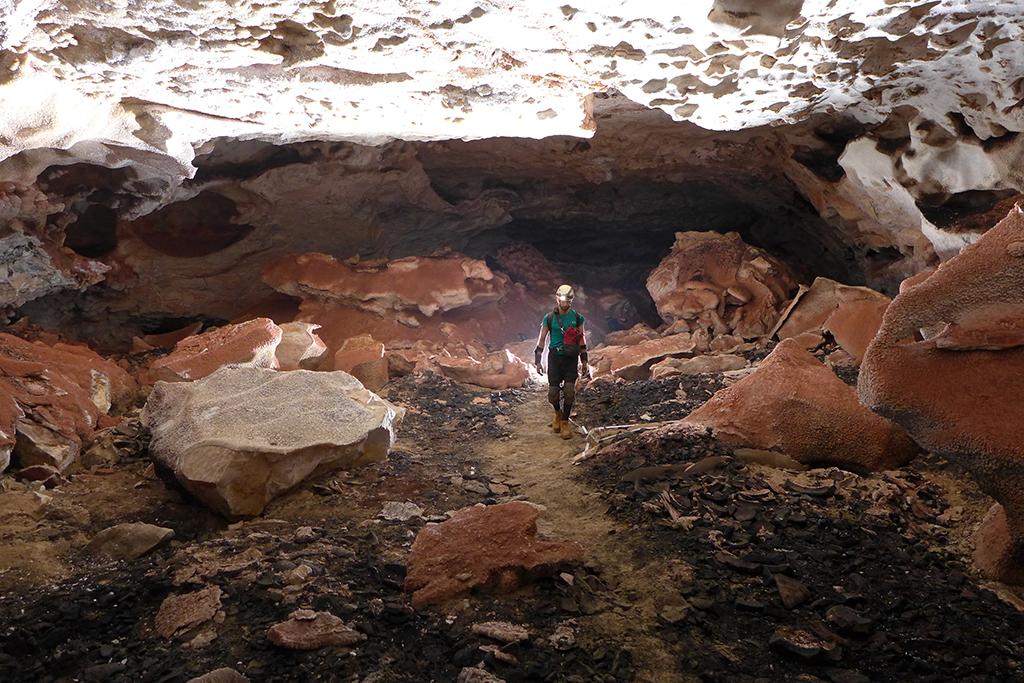
Walking the trail in the Crushing Deep Passageway, Jewel Cave National Monument / NPS-Dan Austin
10. True or False: Jewel Cave National Monument is the third-longest cave system in the world.
a) True
b) False
Trivia
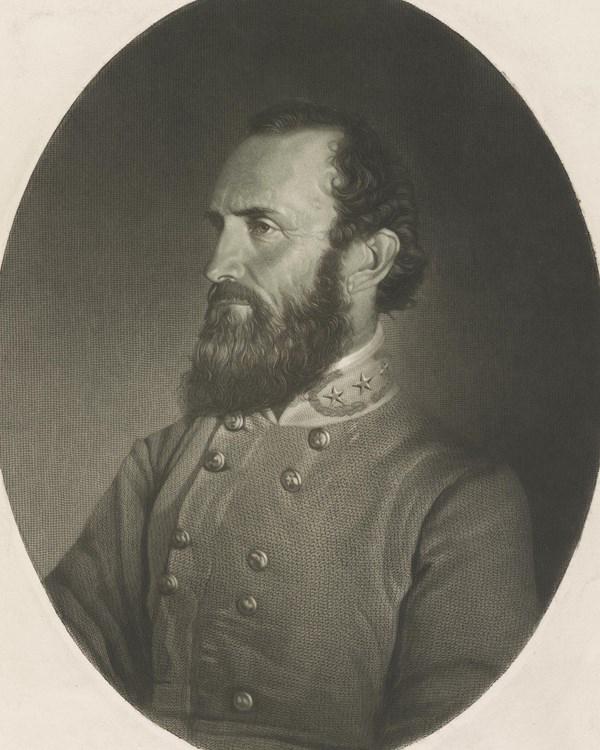
An 1860s portrait of Thomas J. “Stonewall” Jackson, Manassas National Battlefield Park / Library of Congress via NPS
If you’ve listened to Traveler Podcast Episode 259, you’ll have learned that Manassas National Battlefield Park is where Thomas J. Jackson received the nickname “Stonewall.” According to the National Park Service, “He was born Thomas Jonathan Jackson on January 21, 1824, in Clarksburg, West Virginia. Self-educated, Jackson went to West Point Military Academy and graduated 17th in his class. As a US Army officer he fought in the Mexican War. He had some quiet years after that, teaching military tactics and physical science at the Virginia Military Institute. He spent summers enjoying art and culture.”
“Then in 1861, the Civil War started, and Jackson led troops to battle for the Confederacy. He got his nickname at the Battle of Bull Run in Virginia. During the gunfire and confusion of the battle, Confederate Gen. Barnard E. Bee said, ‘There is Jackson standing like a stone wall.’ The soldiers under his command came to admire his stubborn courage and started calling him ‘Stonewall’ Jackson. As a general, he fought in many battles, until he was wounded by friendly fire at the Battle of Chancellorsville in Virginia in 1863 and died 8 days later from pneumonia.”

Camas flower root bulbs, Lewis and Clark National Historic Trail / Creative Commons 2.0 via NPS
From late spring to early summer, you’ll see the beautiful tall, purple flower known as camas along the route of the Lewis and Clark National Historic Trail. In addition to this flower’s beauty, it’s root bulb that looks like a little onion was used as a food source by the Nez Perce, Shoshone, and Salish peoples.
The brown outer skin would be peeled off and the white bulb was broiled, baked, or slow-roasted. When slow-roasted “for 24 to 48 hours, the bulb becomes dark-colored and sweet.” Not cooking them long enough produces a tasteless product that might cause a little indigestion. Roasted camas was also used to sweeten other foods, too, and the cooked bulbs were made into cakes and dried for later use.
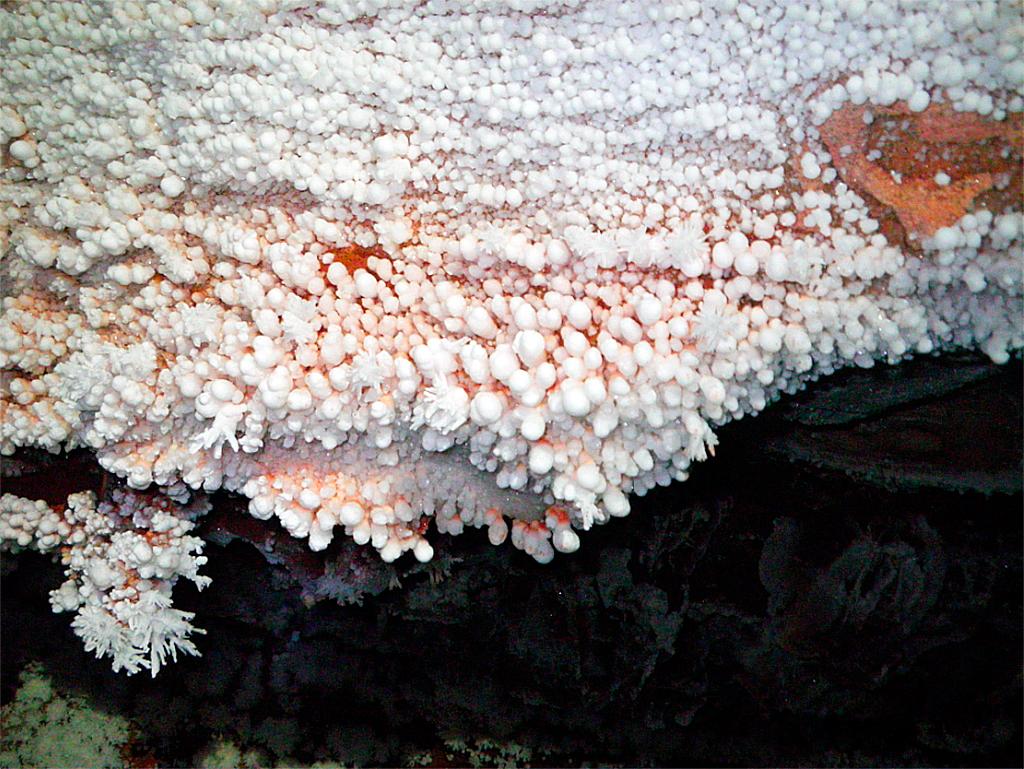
Cave “popcorn,” Wind Cave National Park / NPS file
Let’s explore another cave unit of the National Park System: Wind Cave National Park. Like Jewel Cave National Monument, Wind Cave National Park is in South Dakota. During a guided tour, you will see avariety of cave formations, collectively known as “speleothems.” One such speleothem you might see is cave popcorn (no, you can’t eat this type of “popcorn”). According to Wind Cave staff, cave popcorn commonly forms in one of two ways: “where water seeps [uniformly] out of the limestone wall, or when water drips from the walls or ceilings of the cave and then splashes onto the rock. The water leaves behind a mineral called calcite, which then forms into the small, round nodes called popcorn.” To read more about speleothems seen at this national park, click here.
Quiz Answers
1b False
According to the National Park Service, “nearly half the annual precipitation in Zion Canyon falls between the months of December to March.” This means winter in Zion is going to be cold and wet, probably icy, too. So, remember to dress in layers, wear traction devices for your boots, and drink plenty of water. That’s right, drink plenty of water even in the winter out there. Not only will you sweat that water out while hiking, but every time you see your breath during cold weather, you’re actually seeing water vapor molecules, which means you are losing water. So, stay hydrated, Travelers!
2b False
This is a “gotcha” question (sorry, not sorry). There are five species of venomous snakes out of 31 snake species at Big Bend National Park in Texas. Yes, we use venomous and poisonous interchangeably, but in truth, there is a difference between how toxins are delivered. Something that is poisonous means its harmful to you if it’s eaten, inhaled, or absorbed by the skin (so try to avoid touching a poison dart frog or Pacific newt, neither of which are found at Big Bend). Something that is venomous to us means the toxin has been delivered via a bite or sting. The four species of rattlesnake and one copperhead species are venomous, possessing specialized sacs of toxins injected into their prey (including unfortunate humans) via puncturing the skin.
3b
According to the National Park Service, “The term petrichor comes from the ancient Greek word meaning ‘rock’ and ‘the ethereal fluid that is the blood of the gods’ … When a raindrop hits a porous surface such as soil or sand, small air bubbles trapped in the ground rise to the surface of the water and release aerosols. These aerosols carry aromas including geosmin, the chemical compound responsible for the distinct odor of earth. Slower raindrops produce more aerosols, which is why you are more likely to experience petrichor after lighter rains.” Taking the time to smell the fragrance / odor of an area you are in at a national park is part of the national park experience. So, don’t forget to stop and breathe in the pine/fir/balsam/sage/rain scents while you are there.
4d
Those rocks sticking up at Serpentine Hot Springs in Bering Land Bridge National Preserve, collectively known as “The Drummer,” are granite tors rising abruptly from the surrounding landscape. According to the National Park Service, “over millions of years ago, magma pushed upward through the earth’s crust and cooled deep underground, creating hunks of granite. The magma cooled slowly, forming large crystals that you can see in these granite tors.” Ultimately, uplift and erosion of the surrounding soils revealed these tors.
5a
According to the National Park Service, “Asperitas (formerly referred to as Undulatas Asperitas) is a distinctive, but relatively rare, cloud formation that takes the appearance of rippling waves. These wave-like structures form on the underside of the cloud to make it look like a rough sea surface when viewed from below. It is hypothesized their appearance is associated with the aftermath of convective thunderstorms [severe local storms associated with thunder, lightning, and heavy rain], though they have also been sighted in relatively calm environments.”
6a True
Mule deer are larger than white-tailed deer and can be identified by those oversized ears that look like a mule’s ears, a black-tipped white tail, and a white patch on their rumps.
7a True
James A. Garfield did, indeed, have a brother named James B. Garfield. According to staff at James A. Garfield National Historic Site in Ohio, “James Ballou Garfield, the fourth child of Eliza Ballou and Abram Garfield, was born October 31, 1826, about five years before the [birth of] the future President of the United States [James A. Garfield].” Three years later, James B. Garfield died of unknown causes.
8b
Sandy Hook Lighthouse at Gateway National Recreation Area in New Jersey can reach – according to the National Park Service – 19 miles (30.5 km) out into the sea on clear nights. You can read more about this lighthouse and other lighthouses and light stations in a Feature Story written by Traveler editor Kurt Repanshek.
9d
During his lifetime, author Edgar Allen Poe lived in five Philadelphia homes, only one of which survives. You can read more about this author and national historic site in a Feature Story written by Traveler correspondent Jennifer Bain.
10b False
Jewel Cave National Monument in South Dakota is the fifth-longest cave system in the world, with over 200 miles of mapped passageways. You can read more about this national monument and what staff are doing to protect the bats that dwell within those passageways in a Feature Story written by Traveler contributor and special projects editor Patrick Cone.





